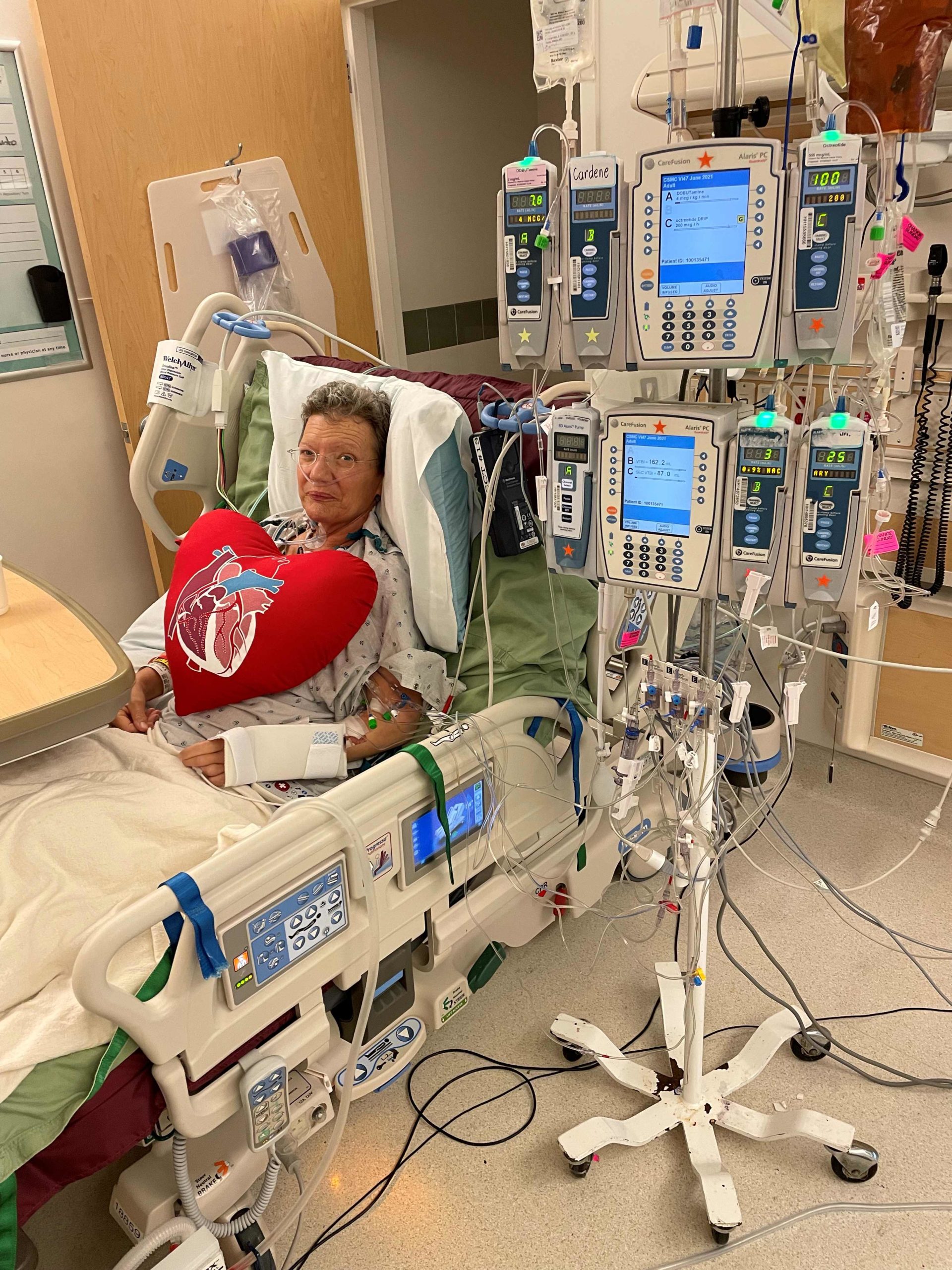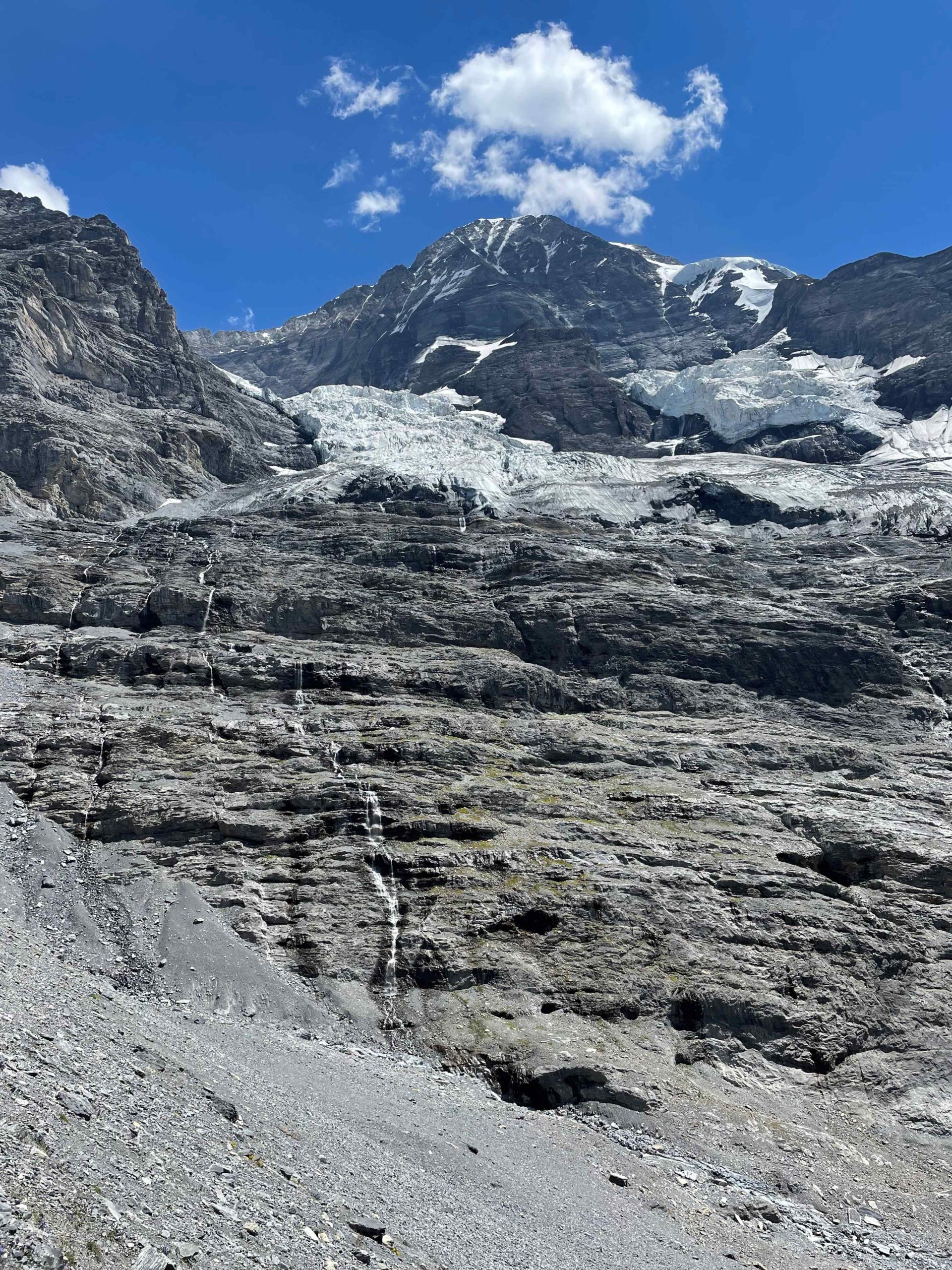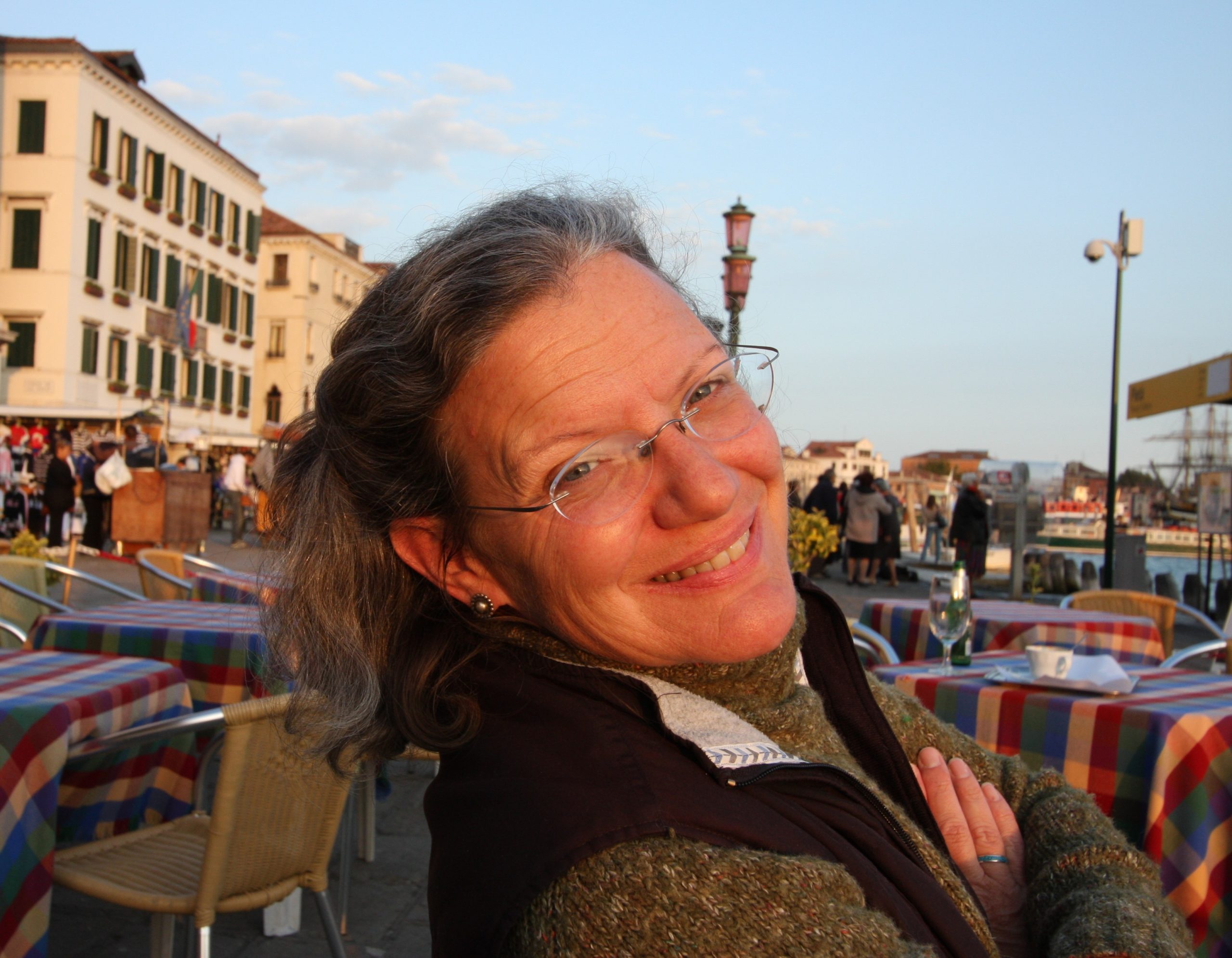MY STORY contains original and previously published writing (with photos) arranged chronologically, covering as many aspects of my life and creative journey as I can muster. The writing includes musings on question-asking and answer-seeking, lessons learned (or not), family tales, travel adventures, struggles, hopes, loss, new endeavors, reminisces, a journal, and reflections on how the world changed during my lifetime. The writing is ongoing!
 The Jaguar’s Teeth
The Jaguar’s Teeth
This introductory essay describes my lifelong journey of question-asking and creative answers. It begins with a snapshot I took of a Mayan ruin during a trip to Mexico in 1974 when I was thirteen years old – a trip that lit a fire that has never gone out.
“Tula changed everything. Something woke up inside of me among the stony statues – something that has not slumbered since. Here’s what I wrote in a little journal I kept: “We arrived in Tula via a very bad and rough road. I thought Tula would be just one temple with some statues on top, but I was wrong. You could see another big mound nearby partly excavated. I took six pictures. I walked over to the top of the unexcavated pyramid.” No one else went with me to this pyramid, probably because it was out-of-bounds. I had my heart set on exploration. I prowled the pyramid until one of the chaperones came rushing over to fetch me, exasperation etched on her face. “What was I doing?” she asked irritably. “Who did I think I was?” Questions I’m still trying to answer to this day.”
Read the essay
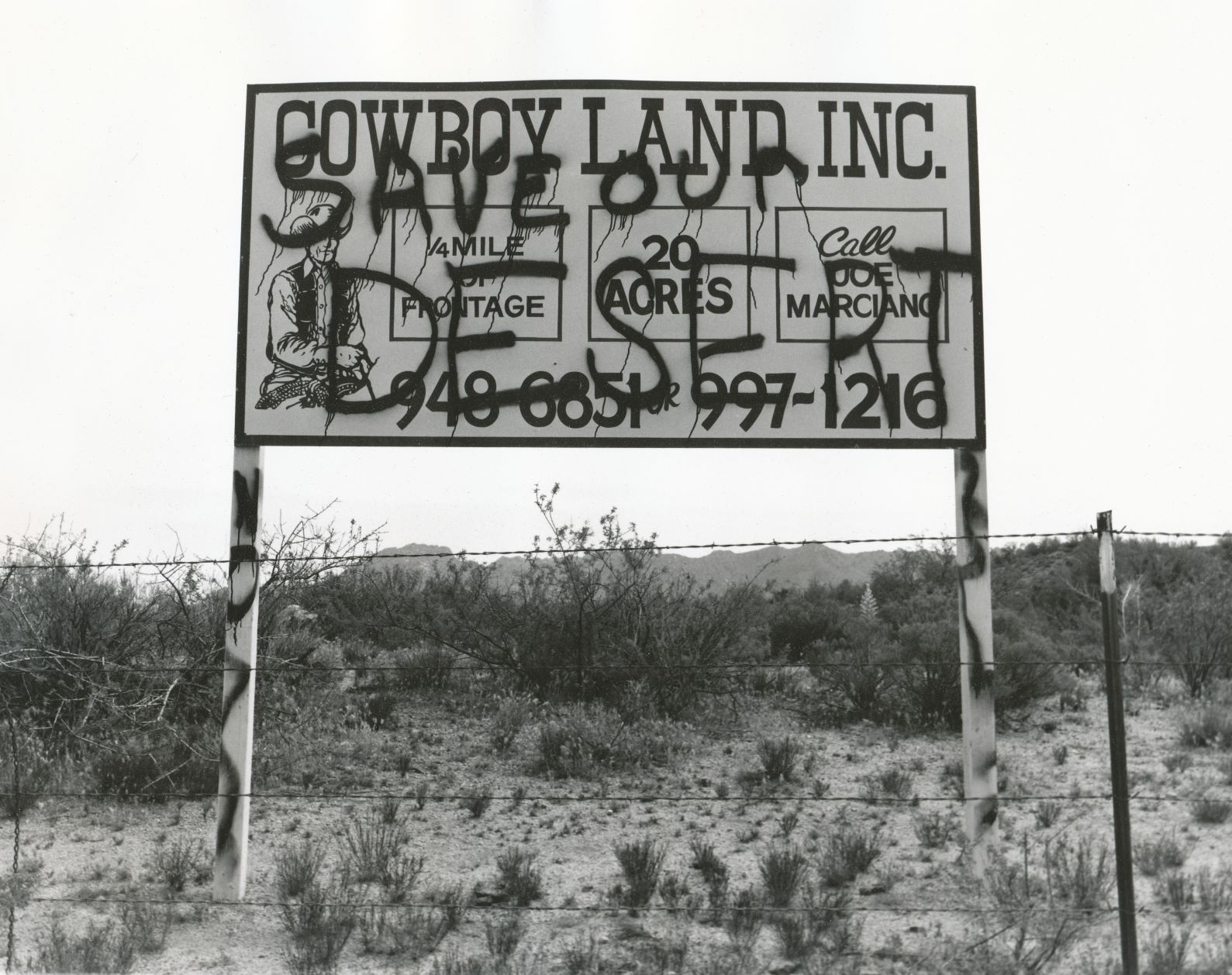 Westward Ho
Westward Ho
1966-1980s
This essay explores the idea of manifest destiny and its effect on my hometown, Phoenix, Arizona. An unwavering sense of exceptionalism and lack of restraint infected Phoenix, as I witnessed first-hand, and had a big impact on my life.
“Progress was good for my parents. They came to a strange land as poor pioneers and prospered along with Phoenix. They lived the American Dream. Their lives were better than their parents’ lives. They had more security, more opportunity, more comfort. They didn’t do without, go hungry, or stand in unemployment lines; they were well-educated, well-fed, and well-blessed with the fruits of an expanding economy. For them, the future was always bright. I developed a different perspective. I came of age during the heyday of progress. Impressed at first, I have lived long enough to see that manifest destiny was not a positive force. I will likely live long enough to see that America is not exceptional after all – that it is subject to the same historical forces that have worn down all great nations throughout the ages.”
Read the essay
More to Come…
Revolution On The Range 2002-2007
In 2002, I began writing essays and profiles to get the word out about progressive ranching and collaborative conservation, largely unknown at the time, eventually published as Revolution on the Range (Island Press 2008). These were the formative years of what today is called regenerative agriculture. In the PDF, I have included the book’s Prologue (with photos) and Chapter One, which describe my journey; an essay about giving a presentation to a ballroom full of anti-grazing activists in 2004; and my resignation letter to Carl Pope, the Executive Director of the Sierra Club.
Read the PDF
See also Grassroots: the Rise of the Radical Center (two columns I wrote from 1995-2006).
See also Essays written for other publications during this period.
THE AGE OF CONSEQUENCES 2008-2012
These essays were originally published in The Age of Consequences: a Chronicle of Concern and Hope. They focus on my efforts and reflections as hope and change became more elusive. The last essay – Tomorrowland – is original and describes my initial foray into the promising world of carbon.
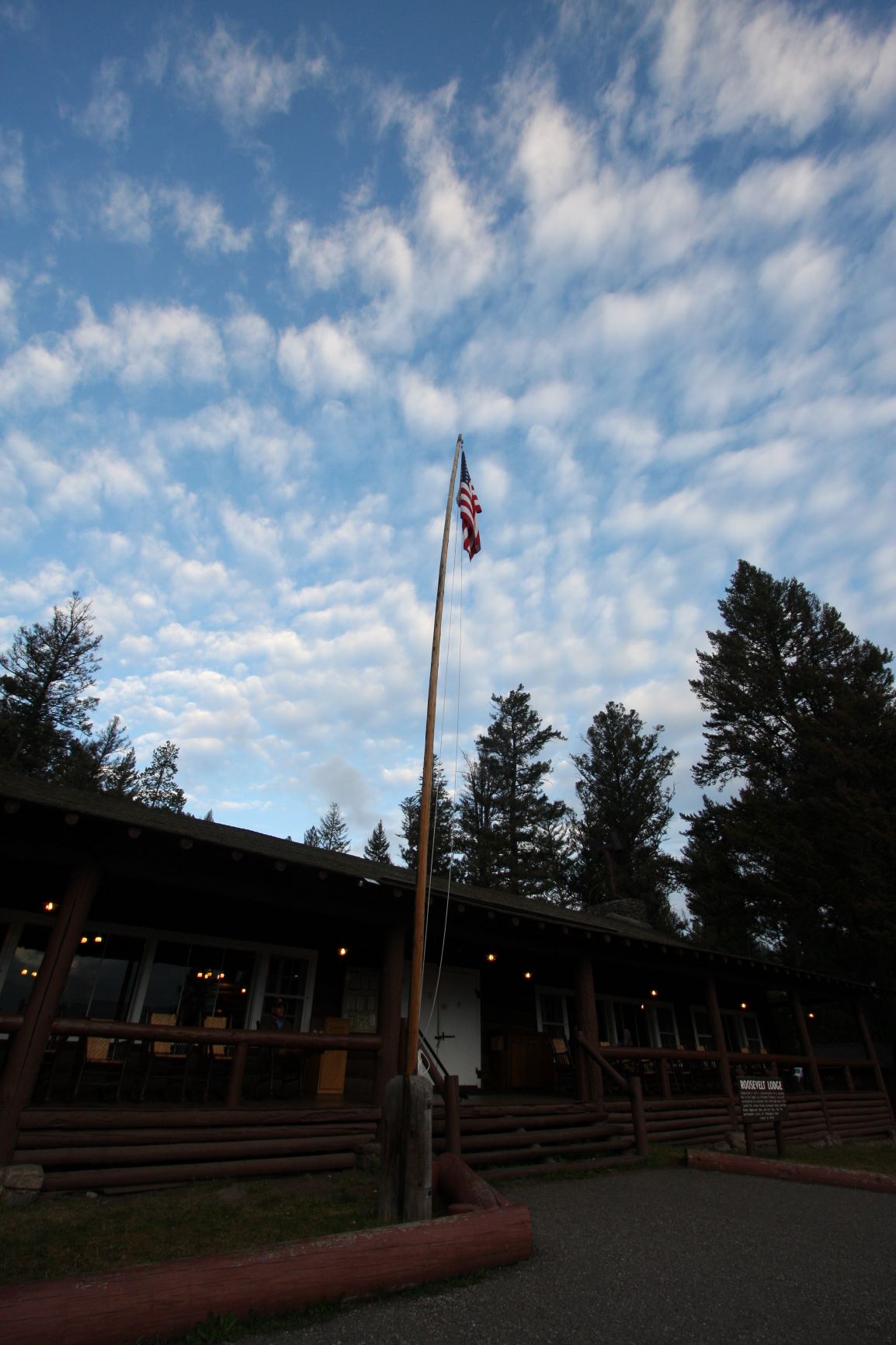 The Windmill
The Windmill
2008-2009
This essay describes my struggle to remain optimistic in the face repeated blows from the Status Quo in my work with the Quivira Coalition. Framed by visits to Yellowstone National Park with my family, I explore an unfamiliar landscape of depression and the start of the journey back to recovery.
“I knew that my idealistic desire to change the world ran the risk of a Don Quixote-like charge at the Status Quo, in the shape of a Windmill, but I had managed to avoid its whirling, indifferent blades up to this point. True, there had been a few near misses in the last year or so, but I had turned them into motivation for writing the book – to take the joust to a higher level. As a result, I knew I raised the risk of being struck but I assumed I was up to the challenge. I was wrong. The windmill wasn’t going away. Did I want to find a new steed, climb on, and continue my quest? Yes. I wanted to continue. For Sterling and Olivia, I needed to keep trying. I needed to push on, explore new country. I’d begin right away.”
Read the essay
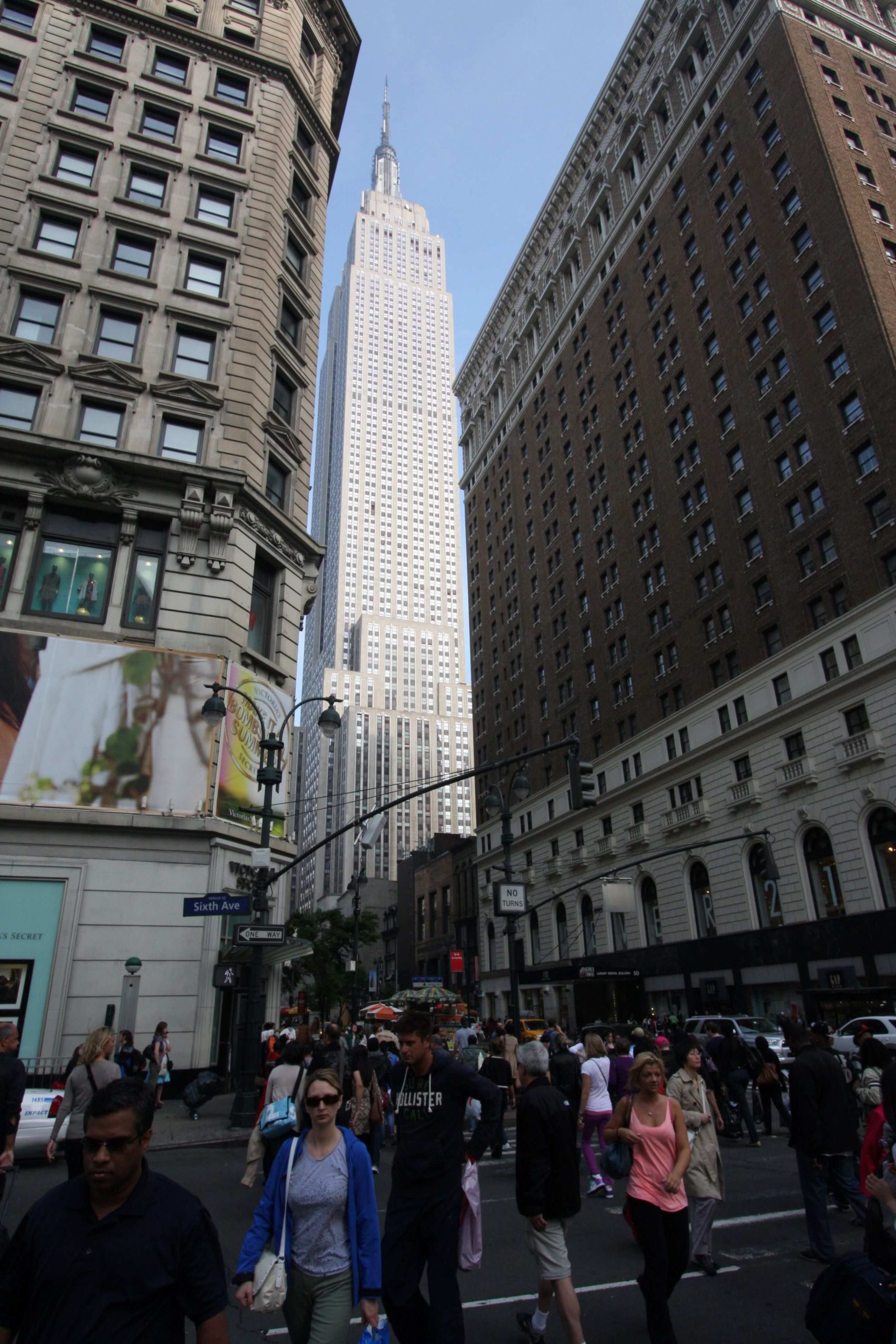 The Imperative
The Imperative
2008-2011
These essays – The Imperative, The Parade, and A New York Interlude – are my reflections on the human need to dominate; the difference between ‘front end’ and ‘back end’ members of the Baby Boom Generation; and the illusion of normalcy and how hope and change went begging.
“Extinction is not inevitable. Over the millennia human societies created cultural checks to this Prime Directive, including ethics, morals, laws, and customs. They are cultural sideboards to our impulses, created to keep the Imperative from running amok. However, these side boards have weathered badly during the past sixty years…”
“Visiting New York this time, and thinking of Obama, I was struck by the fierce non-urgency of now. Everywhere I went, everything looked normal. Tides of people pooled and flowed across intersections as usual; taxi cabs honked as noisily as ever. Clouds scudded among the tops of the buildings, the subways rumbled on. I easily believed that All Was Normal. Everything is fine. Despair, hope – what were those? Just words, echoes bouncing around the brick-and-steel walls of New York’s canyons. Words fade, streets endure. For a few days, I believed it.”
Read the essay
 Life Is Great
Life Is Great
2010-2011
These essays – Life is Great and Lucky Us – examine two sides of my life and the world at this moment in time. On the one hand, things are good, even miraculous. On the other, we’ve depleted the planet’s warehouse and will face the consequences.
“I punch my laptop on. The computer is another of life’s confounding miracles. When Gen and I were in college, the personal computer had not yet made its debut on campus. We had to rely on typewriters to graduate. This fact makes us archaic to our children and their friends. There were no mobile phones either, I tell them a bit proudly, or iPods, though we had something called a Sony Walkman. Typewriters? Land-lines? The whole idea gives them the shudders.”
“Somewhere along the way in the century from Teddy Roosevelt’s day to the present, we, as a nation, slipped from the future tense to the present tense. We stopped using words such as “shall” and “will” and “must” and “tomorrow,” replacing them with “now” and “today” and “mine.” We saved things here and there but the principle activity of my generation has been to take, take, take. It’s as if we decided to shout at Teddy “Thanks for the forests and the parks!” while waving from a sporty convertible. “Thanks too for the cheap gasoline, the appliances, and the great coffee.”
Read the essay
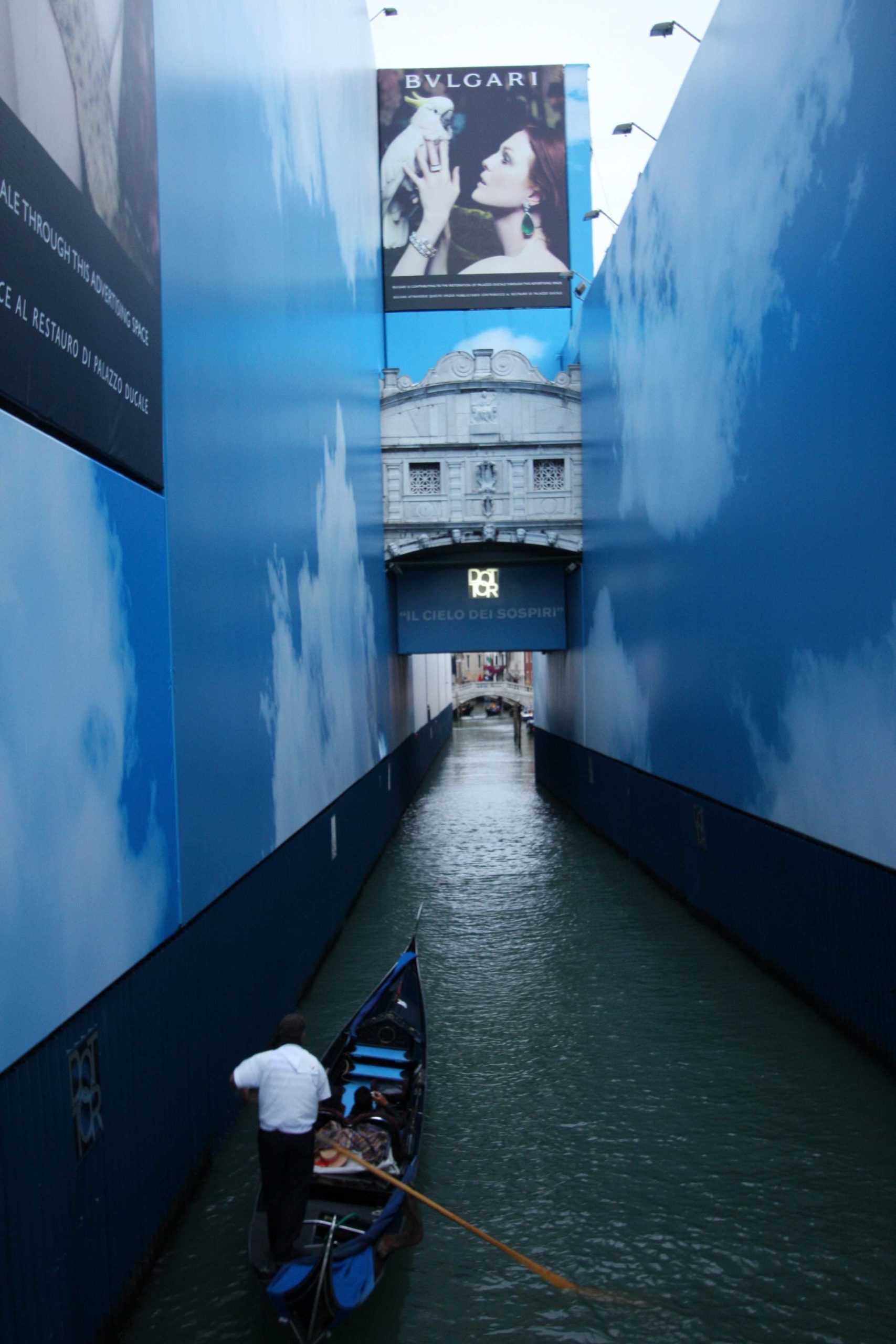 A View From Europe
A View From Europe
2008 & 2011
These essays – Terra Madre and A View From Europe – originate from two trips I took to Italy and France, one with Gen to a biennial food celebration and one with the family. Both reflect on changes in America and the world from a different perspective.
“There I was standing in the lunch line with Peruvian beekeepers, Russian herb farmers, African gourd-growers, Scottish students, Indian seed-savers, American cooks, Mexican activists, and Chinese academics. Above my head, I could hear the steady beat of global music. On either side of me was a buzz of conversation in the sing-song of many languages. Most amazing of all, everyone was happy.”
“Tuesday morning in Venice was drizzly, so the kids pulled out their homework. I went out for a long walk. It was the last day of my forties and the drizzle fit my mood. What should I do with my fifties? I have been tilting at various windmills for twenty years. At forty, one can afford to be somewhat indiscriminate with one’s battles, but now one must pick them more carefully. That’s easier said than done, of course, but that’s why you visit places like Venice with your kids – to look backward and forward simultaneously.”
Read the essay
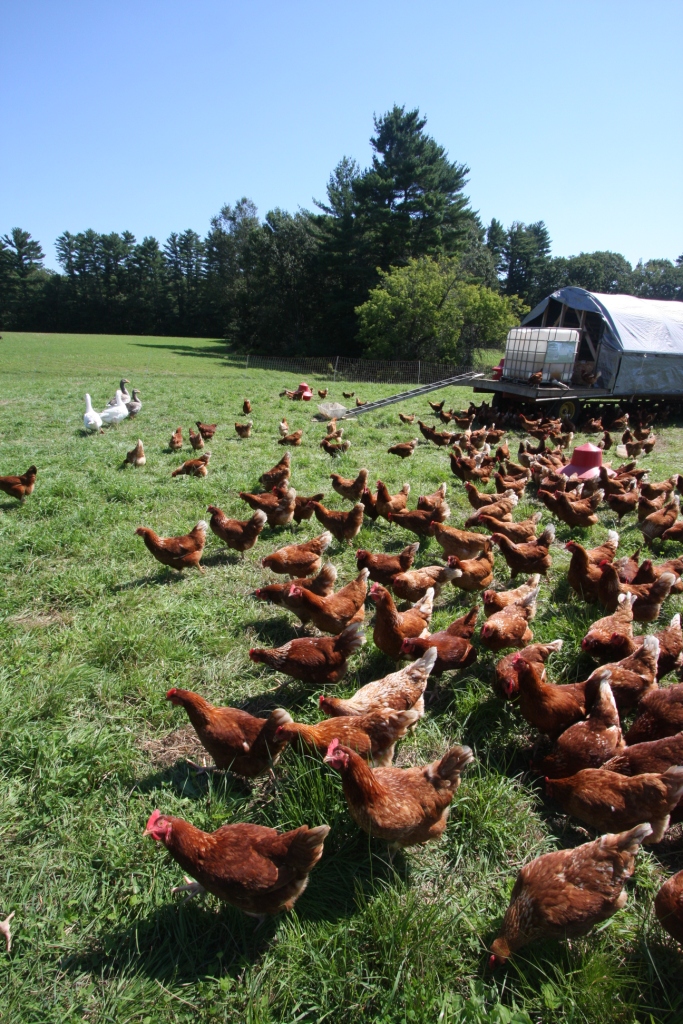 Chasing Irene
Chasing Irene
2011
Following in the wake of Hurricane Irene, which struck the East Coast in September 2011, I visited organic farms, National Historical Parks, and two landscapes from my childhood. I reflect on what brings us alive, including disasters, food, justice, liberty, and writing. What bring me alive?
“The type of rootless, restless questing that came alive in the 1950s and 60s, fueled by cultural disharmonies and cross-currents is alive and well today, which means questing is more necessary than ever. As for me, hurricanes and other emergencies aren’t my thing. I wasn’t destined to be a farmer or rancher either, despite my huge admiration for everyone who grows our food and takes care of our land. Writing is my genes, however. In the 1980s, thanks to an aunt’s sleuthing, I learned that William Faulkner is a distant cousin. This knowledge has been a secret source of inspiration for me. Sitting there, smelling the salty air of the harbor, I decided to embrace my roots. I raised my coffee cup in a toast. “To Irene, the Muse of restless writers.”
Read the essay
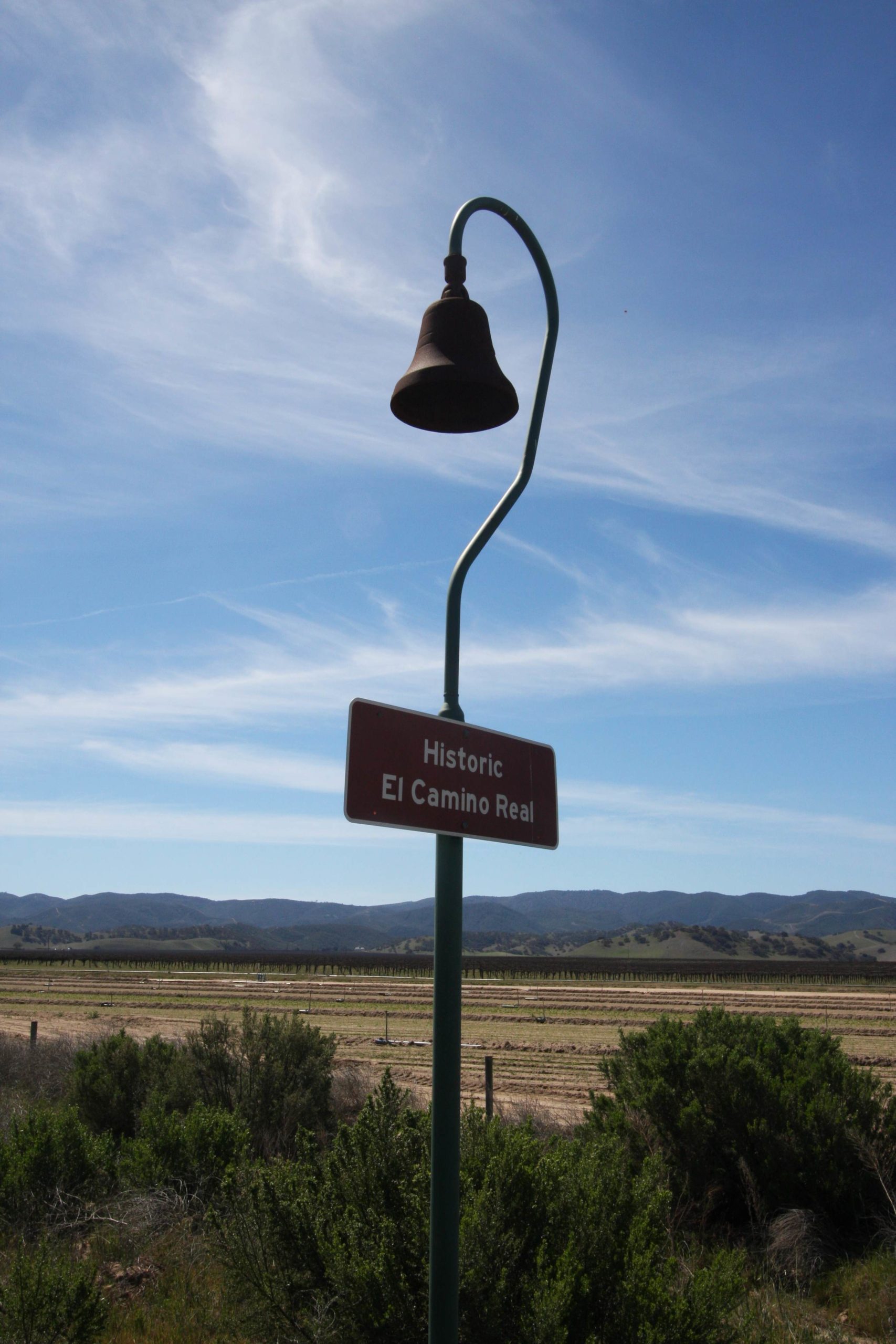 Tomorrowland
Tomorrowland
2012
Can carbon save us? On a trip to California to begin research for my book Grass, Soil, Hope I explore carbon dreams, thresholds, Autotopia, history, high schoolers, an olive ranch, and Today catching up to Tomorrow faster than anyone expected. As I embarked, up in the atmosphere a critical climate threshold was crossed for the first time in a very long time, heralding a complicated and dangerous future if we don’t act quickly. One answer may be sitting quietly below our feet!
“Carbon is everywhere. It’s the graphite in our pencils, the diamond in our rings, the sugar in our coffee, the DNA in our cells, the cement of our sidewalks, the steel in our skyscrapers, the charcoal in our grills, the fizz in our sodas, the foam in our fire extinguishers, the ink in our pens, the bugs in our gardens, the wood in our chairs, the leather in our jackets, the electrodes in our batteries, the coal in our power plants, and the nano in our nanotechnology. It’s all carbon. Climate is carbon, food is carbon, money is carbon, politics is carbon, land is carbon, we are carbon. California is carbon. Is it ever…”
Read the essay
THE THRESHOLD 2012 – 2015
To Come…
UNPATHED WATERS 2015 – 2022
After twenty years of grassroots work, I left the Quivira Coalition at the end of 2015 to write full-time. It began a hectic period of my life marked by new endeavors, unexpected discoveries, unprecedented developments, professional endings, and personal loss.
“To unpathed waters, undreamed shores,” – William Shakespeare, The Winters Tale
A Novel Experience
2014-2018
This essay describes my foray into novel writing in my mid-fifties. It started on a sunny, spring day during a trip to northern California when the idea for a time travel novel struck me while having a cup of organic coffee. Not long after, I had the idea for a mystery series set on a historic ranch in northern New Mexico. I managed to complete both novels and the experience taught me a great deal about writing – including why I’ll never stop.
“So where does the skill and desire to write come from if one’s parents aren’t tutors? School, I suppose but I never took classes in writing or photography, preferring to study history and anthropology. Reading is crucial but it’s not the same as writing and it doesn’t explain the source of the mysterious drive that propels writers to write. I wondered: is there a writing gene? This question came rushing at me unexpectedly one day in 1986 when I learned that William Faulkner was my cousin… Writing may be in the blood, but you also get it from your heroes. At least I did. In deciding to write fiction along with nonfiction and all the challenges it entailed, I had two role models – Wallace Stegner and Wendell Berry – both of whom I met in person and both of whom did me an act of kindness I’ll never forget.”
Read the essay
Will
2015-2018
This essay describes my unexpected immersion into all things Shakespeare, including my first – and likely last – performance in a professional play. It was a deep dive into his plays that began three-and-a-half years earlier when Sterling and Olivia, then aged sixteen, joined the Upstart Crows, a nonprofit with the brave mission to get teenagers excited about Shakespeare through performance.
“I remain as awestruck by the playwright today as I was forty years ago. That was a surprise. As the saying goes ‘familiarity breeds contempt’ though there’s a more polite warning: if you like a writer never meet them in person. You’re bound to be disappointed. My exposure to all things Will bred not contempt but an even deeper admiration of the artist despite Merchant of Venice and all those Appendices in the back of the books. He holds up to scrutiny. He made a few mistakes and wrote some clunkers, but who hasn’t? If he was a bit of an intellectual show-off or if his allusions were often obscure, he can be forgiven. It’s one of the small prices we pay for genius.”
Read the essay
The Heat Wave
2019-2020
While traveling from Berlin to Prague on a train on July 25, 2019, Gen and I experienced a record-smashing heat wave that put my concern for the world into worrisome perspective. We went to Europe to see Olivia, who was studying in Berlin. I reflect on the changes that have happened between my parents’ time and hers, including the Cold War, politics, tourism, climate change, a pandemic, and big hugs.
“Something seemed wrong. An hour into our journey, I was sweating – a lot. There was no way to open the window and the meager air from a vent hadn’t altered. Soon, the compartment became a sauna. I glanced at our fellow travelers. The man sitting next to Gen seemed unperturbed by the conditions. The other passengers were three cheerful young adults from Ireland. They had disappeared into their smart phones as soon as we left Berlin. They also seemed unfazed. The heat continued to build. I wiped my face on a sleeve as I watched pretty farm country roll past under a cloudless sky. Then I heard two words that changed everything. “Heat wave,” an Irish lad announced, looking up from his phone.”
Read the essay
LA
2021-2022
This short essay consists mostly of photos I took while walking in a neighborhood near Cedars-Sinai hospital in LA as Gen spent ten days in intensive care recovering from open-heart surgery.
“Gen and I took a walk to our old stomping grounds the night before her surgery. From 1985 to 1991 we lived on a street between Sunset and Santa Monica Boulevards in West Hollywood. After our stroll we had supper at a restaurant filled with busy young people. I felt like crying. In 1985, we were at the front end of our adventure together. Now, we were on the other side of the bell-shaped curve that is life. How much more time did we have? The doctor said the surgery could add five years to Gen’s life. It could also set her back.”
Read the essay
Under The Glacier
2022
A review of my nearly three decades in conservation, what succeeded and what failed, and why I decided to call it a career while standing under a glacier and move on.
“I’m proud to see how far and wide regenerative ideas, practices, and policies have spread. I’m especially pleased to see Indigenous and traditional knowledge finally respected and honored. Like small streams merging into bigger ones, the regenerative movement gained speed and strength. Compared to the mid-1990s, the quantity of activists, nonprofits, start-ups, farmers, scientists, entrepreneurs, and others working today in diverse regenerative endeavors is large and inspiring. I was honored to have had a small role in getting things started and going. Was anyone’s work making a difference though? On one level yes, absolutely; but on another, the answer was clear that it was not. Standing under the glacier, I decided to head down the trail to someplace different.”
Read the essay
Gen
2022
On October 4th, Gen died peacefully at home. I held her hand. This is a compilation of tributes from the memorial service, photographs, and testimonials. The service was packed with family and friends. Gen touched many lives. She was loved and is deeply missed.
“We come together to remember Gen, to comfort one another, to cherish her memory, to celebrate her life. We cannot hope to capture the fullness of a life in a few moments of sharing here today but together we can begin a sketch of her life that is more nuanced and surprising than any portrait anyone of us might create alone. So let us take a moment to breathe together and be fully here in this moment, aware of the beauty and love that is here. Aware of the poignancy of this time. And as you rest in the silence I invite you to hear in your memory the echo of Gen’s voice, I invite you to see her smile in your mind’s eye, to remember her as you loved her best.” – minister Gail Marriner
Read the essay
SAGALAND 2023 –
Sagaland is a travelogue about a new chapter in my life. It begins in 2023 with a journey to Scandinavia in search of a 1000-year old family ancestor. The traveling and writing are ongoing.
Read Sagaland


